-

Cyclosporin A CAS:59865-13-3 Manufacturer Price
Cyclosporin A, commonly known as cyclosporine or CsA, is a medication used primarily in organ transplant recipients to prevent the rejection of transplanted organs. It is an immunosuppressive drug that works by suppressing the activity of the immune system, specifically T cells, which are responsible for mounting an immune response against foreign substances or transplanted organs.
Cyclosporin A is commonly used in cases of kidney, liver, heart, lung, and pancreas transplants, as well as in some autoimmune diseases like rheumatoid arthritis and psoriasis. By dampening the immune system response and inhibiting the production of certain cytokines, it helps to prevent the destruction of transplanted organs or the progression of certain autoimmune disorders.
-
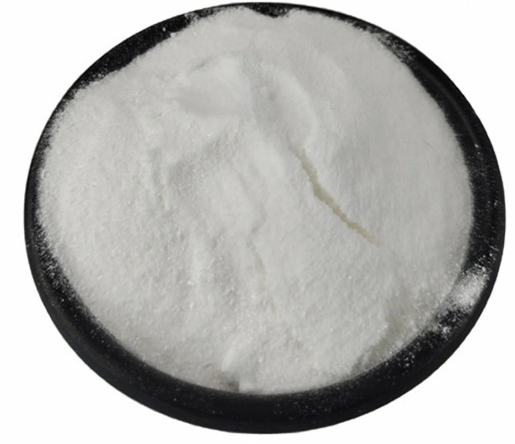
Cytochalasin B CAS:14930-96-2 Manufacturer Price
Cytochalasin B is a natural compound derived from various species of fungi. It belongs to a class of compounds known as cytochalasins, which are known for disrupting the cytoskeleton of cells.
Cytochalasin B specifically acts by inhibiting the polymerization of actin, a protein involved in cell structure and movement. By interfering with actin, cytochalasin B disrupts processes such as cell division, cell motility, and endocytosis.
Due to its ability to disrupt the cytoskeleton, cytochalasin B has applications in cell biology research. It is commonly used to study actin dynamics and its role in various cellular processes. It can also be used as a tool to investigate cell shape changes and membrane fusion events.
-
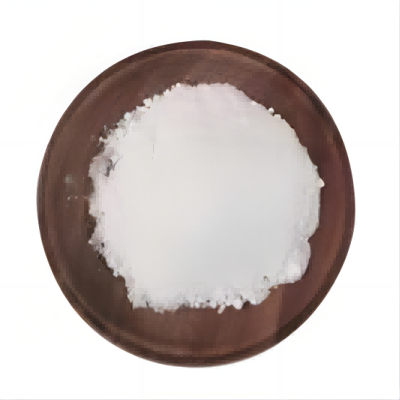
D-Fructose 1,6-Disphosphate Trisodium Salt CAS:38099-82-0
Fructose-1,6-biphosphate (F1,6P) is a glycolytic intermediate produced by the transfer of a phosphate from ATP to fructose-6-phosphate by the enzyme phosphofructokinase. Fructose-1,6-biphosphate, along with fructose-2,6-biphosphate, modulates the activity of phosphofructokinase-1 (PFK-1), the rate-limiting step in glycolysis. During glycolysis, aldolase splits Fructose-1,6-biphosphate into dihydroxacetone phosphate (DHAP) and glyceraldehyde phosphate. Fructose-1,6-biphosphate is also an allosteric activator of the M2 isoform of Pyruvate Kinase (PK-M2), the predominant form of pyruvate kinase in cancer cells.
-
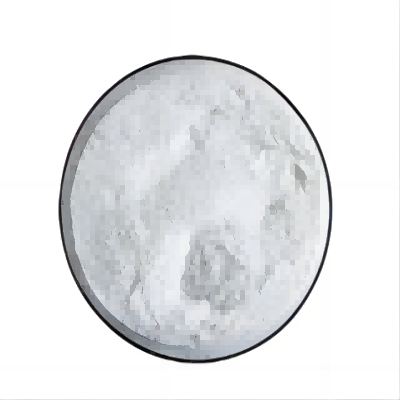
Coral Calcium CAS:7440-70-2 Manufacturer Supplier
Coral calcium is a daily nutritional supplement. It is coral sand formed by weathering and natural decomposition of living coral. It contains a very high concentration of calcium, major minerals and trace minerals.Because it is rich in minerals, it is also known as marine diamond. These mineral rich coral sands are constantly produced by natural coral reefs and then harvested by people. Coral calcium is 24% calcium,12% magnesium, and more than 70 other marine minerals, such as zinc, iron, potassium and manganese. These minerals exist in ionic form and can be highly absorbed by the human body immediately.
-
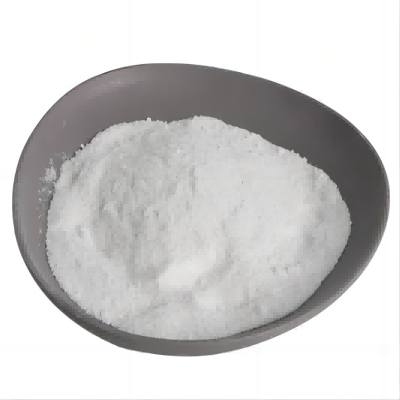
Acetyl-L-Carnitine HCL CAS:5080-50-2 Manufacturer Supplier
Acetyl-L-carnitine is an acetylated form of the essential mitochondrial metabolite L-carnitine that is catabolized by plasma esterases into carnitine. Acetyl-L-carnitine facilitates the uptake of acetyl-CoA into mitochondria during fatty acid oxidation, enhances acetylcholine production, and stimulates protein and membrane phospholipid synthesis. In vivo, acetyl-L-carnitine (100 mg/kg) increases mGlu2/3 receptor protein levels and mechanical pain thresholds in a mouse model of chronic inflammatory pain induced by complete Freund”s adjuvant.
-

Creatine Malate CAS:686351-75-7 Manufacturer Supplier
Creatine Malate, the compound is creatine bound to malic acid. Malic acid is a naturally occuring kreb cycle intermediate, meaning that malic acid plays a crucial role in our natural energy cycle. Malic acid coupled with the effect of creatine, as in Di-Creatine Malate, offers much greater ATP production over conventional creatine monohydrate.
-
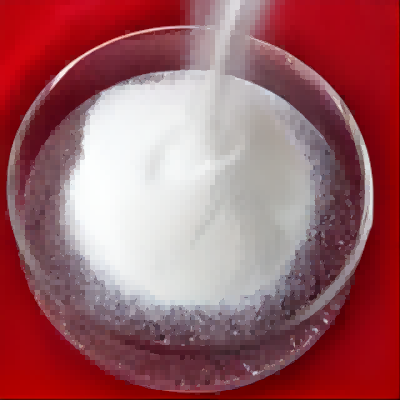
L-Carnitine Orotate CAS:160468-17-7 Manufacturer Supplier
L-Carnitine orotate is a salt of L-Carnitine and Orotic acid. This is a more bioavailable form. L-Carnitine is an antioxidant amino acid naturally produced in the body to increase energy levels for the brain, muscle and heart. Health benefits include treatment of a variety of mental disorders and heart related problems including Alzheimer’s disease, high blood sugar, heart related chest pain, congestive heart failure (CHF), diabetes etc. Orotic acid also assist with liver detoxification.
-

Sodium Pyruvate CAS:113-24-6 Manufacturer Supplier
Sodium pyruvate is the sodium salt of pyruvate. It is frequently supplemented to the cell culture medium to act as a source of energy since it is a key intermediate during the production of the high-energy ATP molecules inside cells. For example, it can be used as a carbon source for bacteria. It may also protect cell against hydrogen peroxide, an oxidant to scavenger oxygen radicals. It is an important metabolic intermediate in many essential metabolic pathways such as carbohydrate metabolism. For example, it is converted into acetyl coenzyme A and enters into the TCA cycle (Kreb’s cycle) in organisms. It is also involved in the amino acid metabolism in organisms.
-
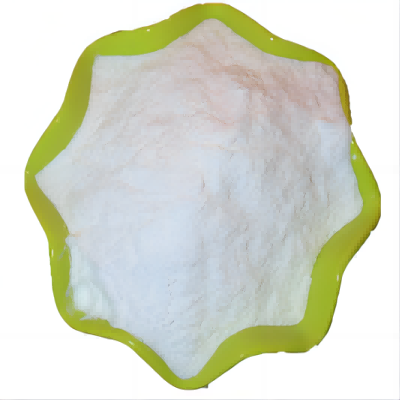
Calcium Pyruvate CAS:52009-14-0 Manufacturer Supplier
Calcium pyruvate is the calcium salt of pyruvate. It is very stable. It appears as white crystalline powder and is odorless and almost neutral. It is slightly soluble in water. Pyruvate, however, is extremely unstable and is easily to be oxidized with weak oxidant Fe and H2O2 being able to oxidize the pyruvate into acetate and release the carbon dioxide at the same time. Pyruvate is the intermediate product during the in vivo carbohydrate metabolism in the body of the organisms as well as the indispensable transit point for both protein and lipid metabolism to go through.
-
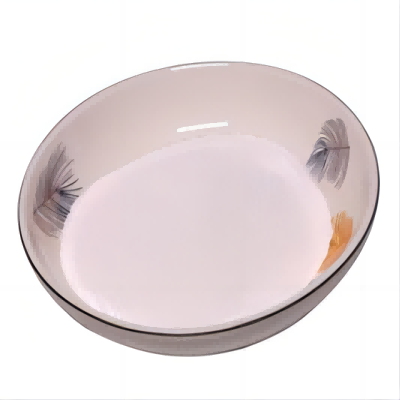
D-Glucosamine Hydrochloride CAS:66-84-2
Glucosamine, an amino sugar is generated form glucose and glutamine and is naturally produced in the body. Glucosamine, a endogenous amino monosaccharide is the major source of glucosamine-6-phosphate and n-acetylglucosamine.
-

Natural Vitamin E CAS:59-02-9 Manufacturer Supplier
Vitamin E Oil is a fat-soluble vitamin, also known as tocopherol. It is one of the most important antioxidants. It is Fat-soluble organic solvents such as ethanol, and insoluble in water, heat, acid stable, base-labile. It is sensitive to oxygen but not sensitive to heat. And the activity of vitamin E was significantly lower frying.α-Tocopherol is synthesized from γ-tocopherol by the action of enzyme γ-tocopherol methyltransferase. It is the major form of Vitamin E in human plasma. It is present in sunflower seed oil.
-
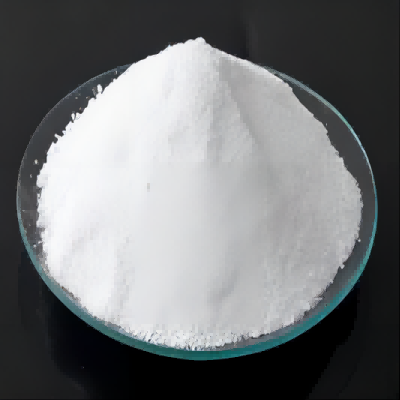
Vitamin B1 (Thiamine Mononitrate) CAS:532-43-4 Manufacturer Supplier
Thiamine nitrate is the thiamine salt formed from one mole of thiamine base and one mole of nitric acid. It occurs as an anhydrous crystalline solid of low hygroscopicity. Thiamin (vitamin B1) is a member of the vitamin B complex. Attributing to low hydroscopicity, thiamine nitrate works as a more stable form of thiamine in pharmaceutical preparations.Thiamine nitrate is preferred to be used for the preparation of multivitamins and as a food fortification in dry blends and dry products such as in wheat flour.

